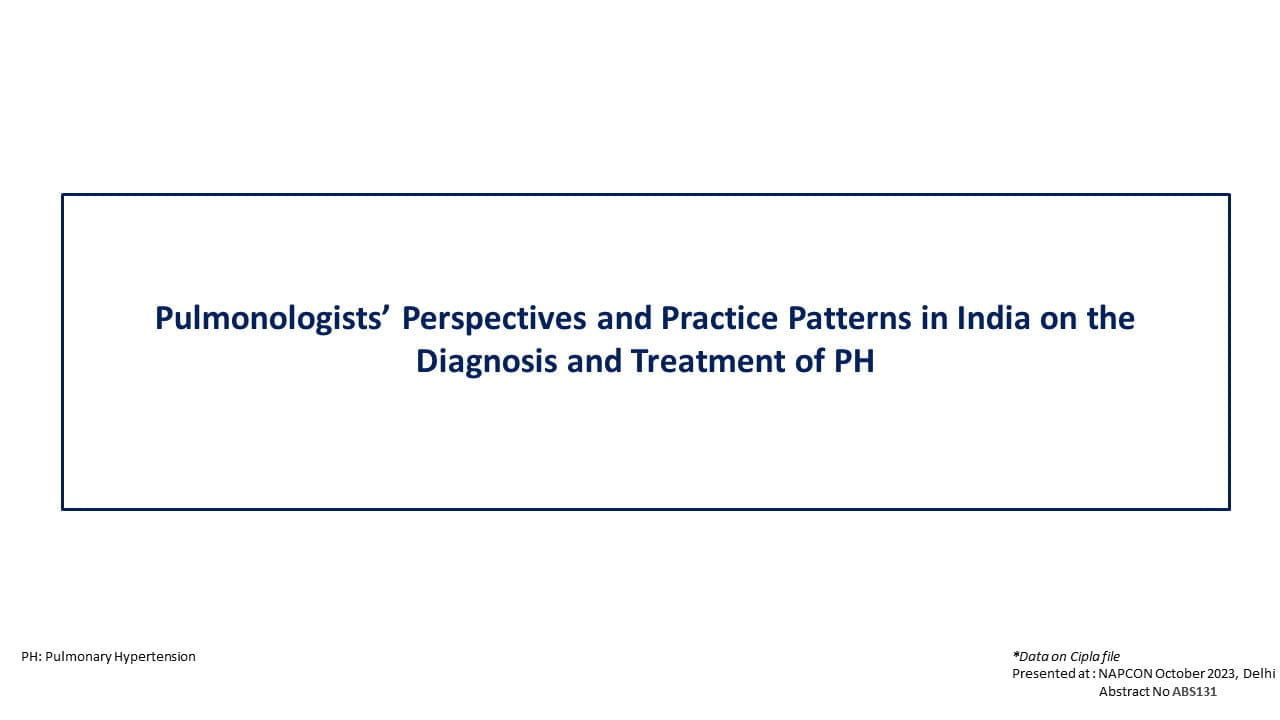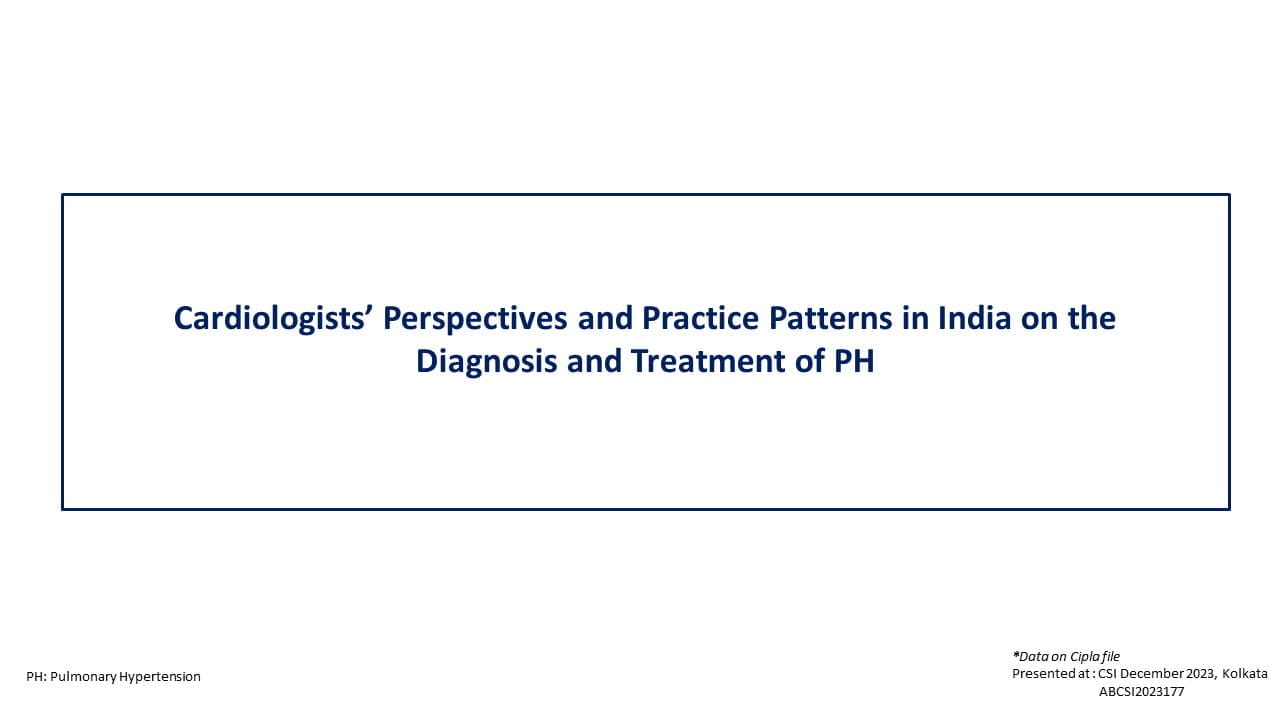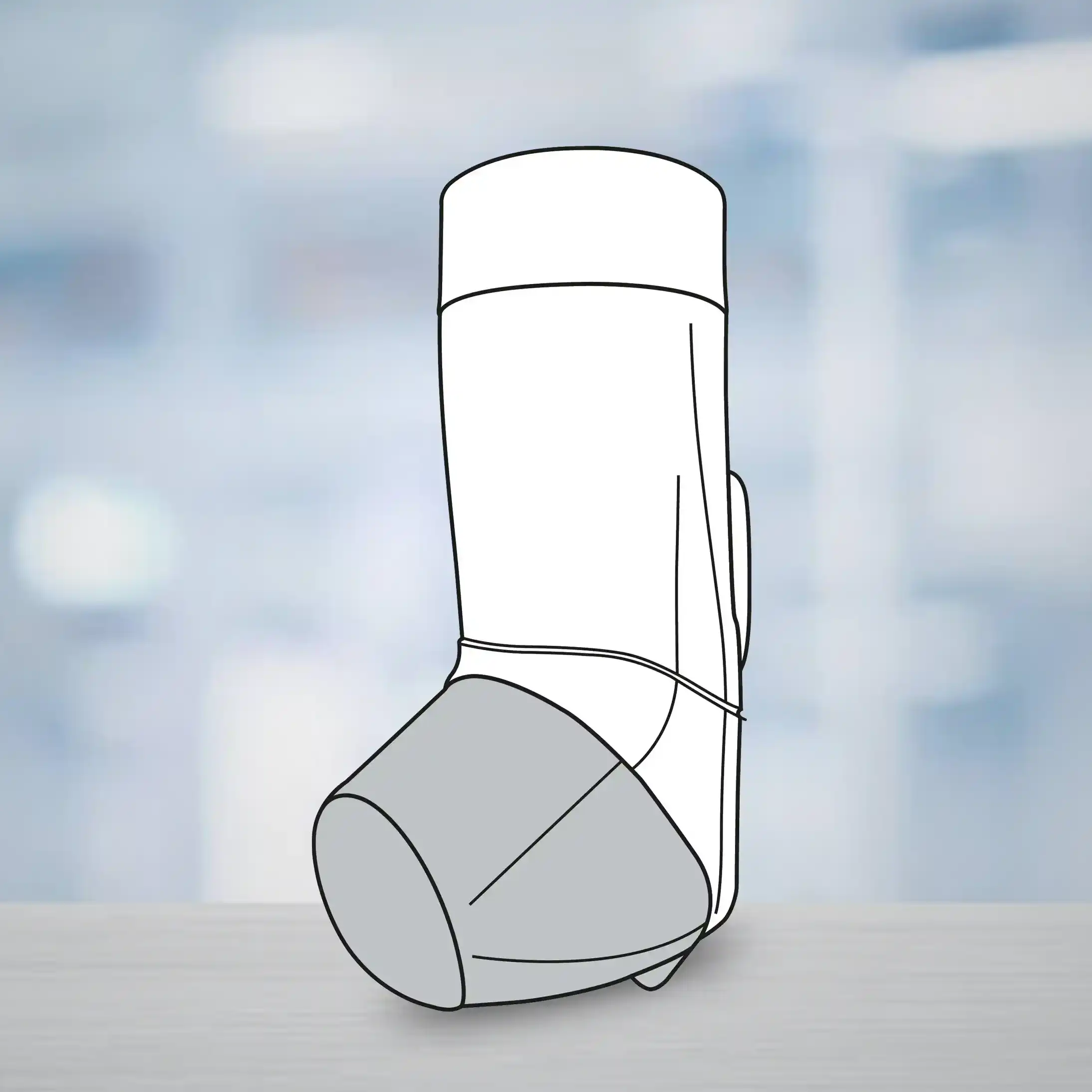Moxifloxacin Along with Povidone Iodine Effectively Controls Conjunctival Bacterial Growth in Patients Treated with Intravitreal Injection
23 Aug, 21
Introduction
Intravitreal injections are increasingly used for treating various retinal disorders. Although intravitreal injections are commonly administered, the optimal approach to pre-injection and post-injection prophylaxis remains controversial. The bacterial load during intravitreal injections is generally managed by using topical antibiotics along with povidone iodine (PI). Recent studies have demonstrated that the topical use of antibiotics after repeated injections decreases the risk for endophthalmitis.
Aim
To compare effects of 5% topical PI with prophylactic topical azithromycin or moxifloxacin on bacterial flora in patients treated with intravitreal injection.
Patient Profile
- Patients with diagnosis of neovascular age-related macular degeneration (ARMD) (n=132)
Methods
Study Design
- Prospective study
Treatment Strategy
- Patients were randomized to receive topical azithromycin (n=41; 4 drops/day for 3 days) or moxifloxacin (n=41; 4 drops/day for 3 days), or no treatment (control group; n=50)
- All eyes were treated with 5% PI before intravitreal injection
- Following the injections, the first and second groups were re-prescribed azithromycin (4 drops/day for 3 days) and moxifloxacin (4 drops/day for 3 days), , whereas controls received no medication
Assessment
- Conjunctival samples were obtained from lower eyelid fornix by swabs, 528 specimens were obtained at the time of admission (first sample), 4 days before intravitreal injection (second sample), 4 days after intravitreal injection (third sample), and 8 days after intravitreal injection (fourth sample).
- Samples were immediately sent to the microbiology laboratory for incubation and Gram staining.
Results
- Coagulase negative Staphylococcus (CNS; 23.8%) was the most abundant bacterial species for first samples in all the study groups, followed by Acinetobacter spp. (4.5%), S. aureus (2.27%), Serratia marcescens (0.7%), Morganella morganii (0.7%), and Escherichia coli (0.7%).
- Sample analysis on day 4 before injection revealed significantly lower incidence of CNS in patients treated with moxifloxacin (p=0.049). Moreover, the eradication rate was also significantly higher in patients treated with moxifloxacin vs. those in the control group (p=0.011).
- No growth was observed for S. aureus, E. coli, or A. baumannii in patients treated with moxifloxacin, on the contrary, Acinetobacter baumannii continued to grow in patients treated with azithromycin (p=0.033).
- As per the analysis of the samples on day 4 after intravitreal injection, growth of CNS was significantly higher in controls, compared with patients treated with azithromycin or moxifloxacin (p=0.004).
- Eradication rate was significantly higher in the moxifloxacin group than in the control group (p=0.001).
- Bacterial growth was similar in samples of all study groups that were obtained on day 8 after intravitreal injection (p=0.217).
Conclusions
- Moxifloxacin was more effective than 5% PI in controlling the growth of conjunctival bacterial flora in patients treated with intravitreal injections.
- Use of moxifloxacin in combination with 5% PI resulted in a synergistic effect.
- Combined use of antibiotics with 5% PI is recommended as the most appropriate treatment prophylaxis regimen.
Arq Bras Oftalmol. 2019;82(1):25-31.
Related Topics










